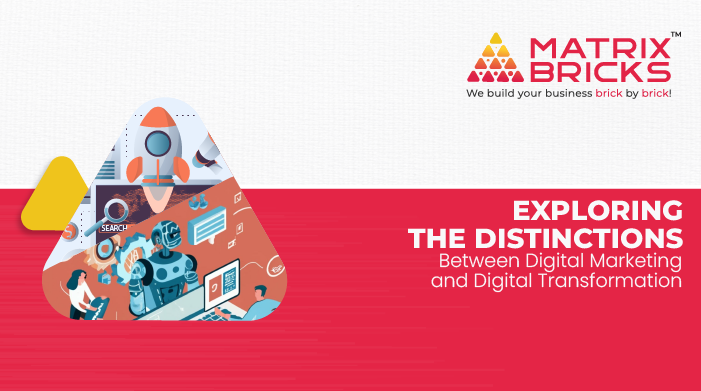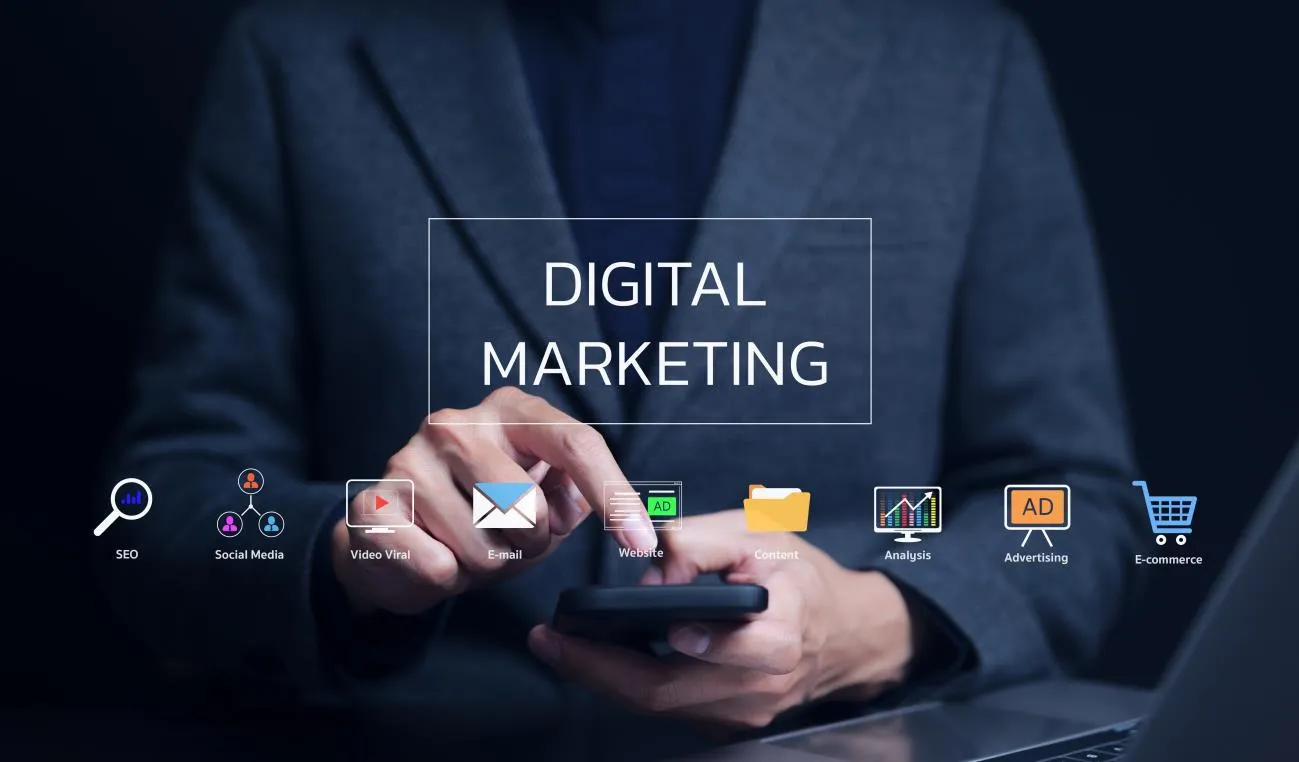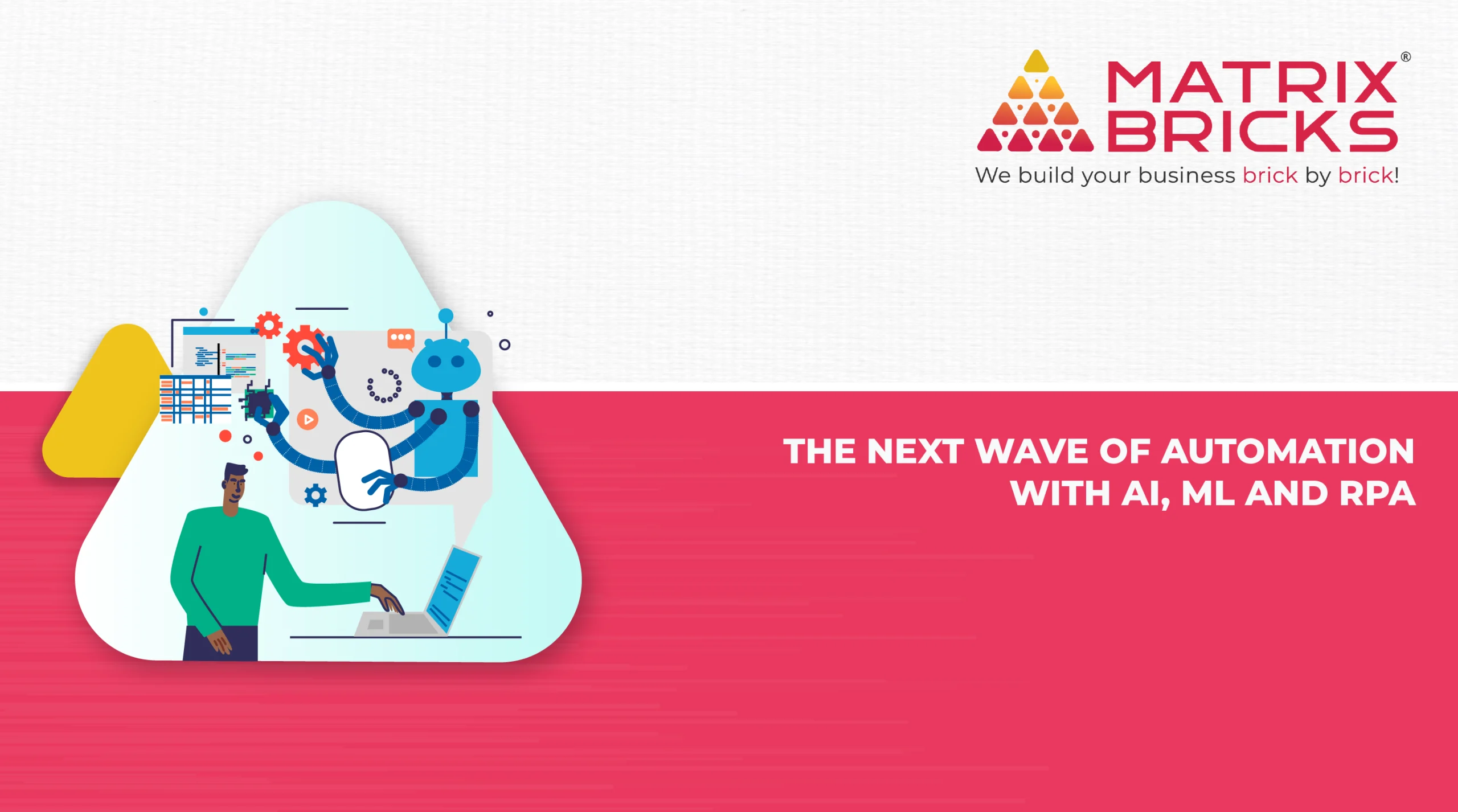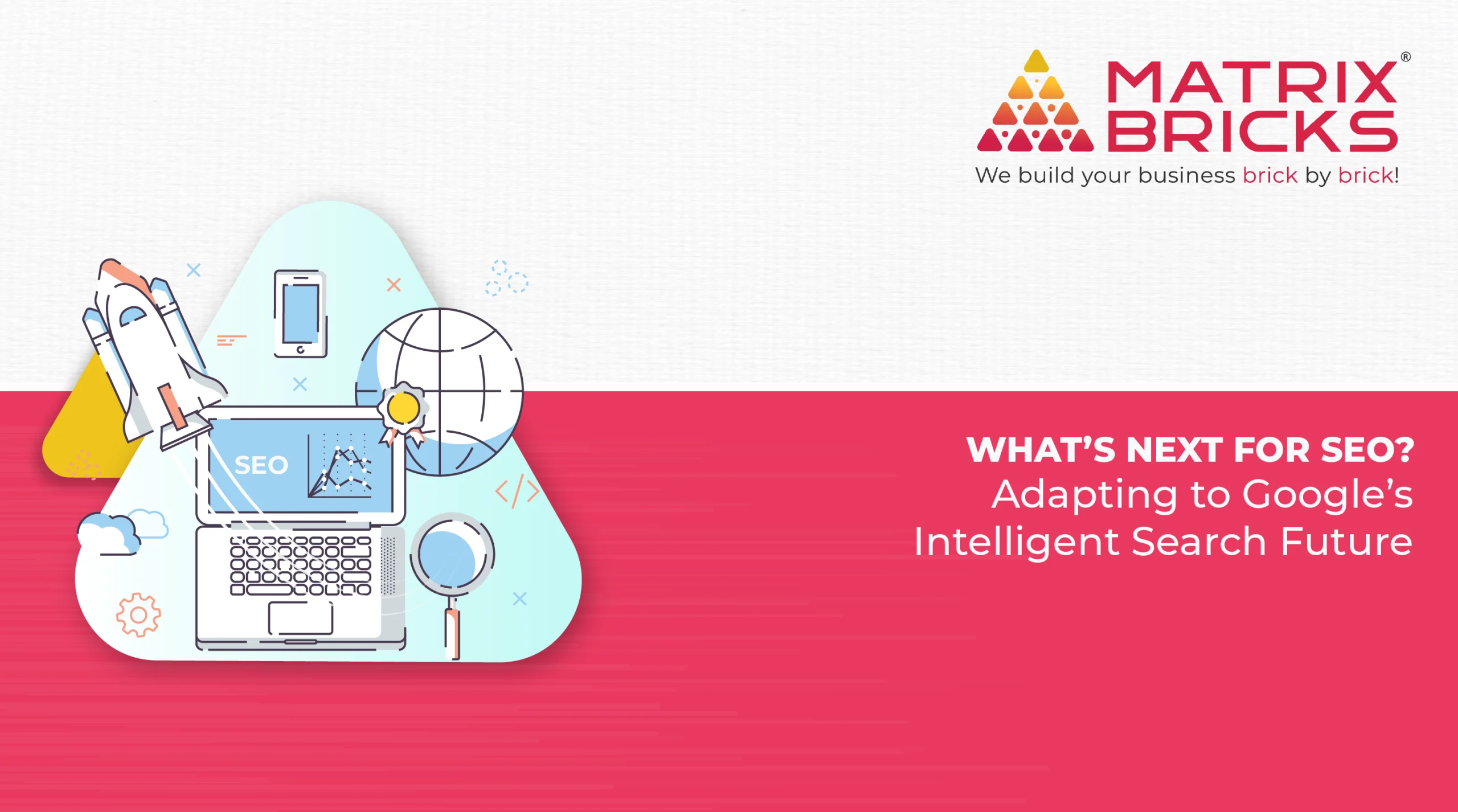
In today’s rapidly evolving digital landscape, businesses face an increasing need to leverage technology to stay competitive. There are two key concepts often discussed in this context: digital marketing and digital transformation. While they share common ground, they serve different purposes and have distinct implications for businesses. Understanding these differences is essential for any organization aiming to succeed in the digital era.

What is Digital Marketing?
The term “digital marketing” refers to promoting products or services using digital channels, platforms, and technologies It encompasses a wide range of activities aimed at reaching and engaging customers online. Key components of digital marketing include:
Search Engine Optimization (SEO): Enhancing a website’s visibility on search engine results pages (SERPs) to attract organic traffic.
Content Marketing: In order to attract and engage a specific target audience, you need to create and share valuable content.
Social Media Marketing: The use of social media platforms for the promotion of products, engagement with customers, and brand awareness.
Email Marketing: Sending targeted emails to prospects and customers to nurture relationships and drive conversions.
Pay-Per-Click (PPC) Advertising: Paying for ads that appear on search engines and other digital platforms.
Affiliate Marketing: Promotion of products in partnership with other businesses and influencers to share revenue.
Analytics and Reporting: Using data to measure the effectiveness of marketing campaigns and make informed decisions.
Digital marketing is primarily focused on customer acquisition, engagement, and retention. It aims to leverage digital channels to increase brand awareness, drive traffic, and boost sales.
What is Digital Transformation?
Digital transformation, on the other hand, is a broader and more comprehensive concept. It refers to the integration of digital technology into all areas of a business, fundamentally changing how the business operates and delivers value to customers. A digital transformation involves rethinking business processes, culture, and customer experiences to meet the changing needs of the market. Key aspects of digital transformation include:
Process Automation: Streamlining and automating business processes to improve efficiency and reduce costs.
Data-Driven Decision Making: Utilizing data analytics and artificial intelligence (AI) to make informed business decisions.
Customer Experience Enhancement: Leveraging technology to provide personalized and seamless customer experiences.
Agility and Innovation: Adopting agile methodologies and fostering a culture of continuous innovation.
Integration of Digital Technologies: Implementing technologies like cloud computing, Internet of Things (IoT), and blockchain to transform business operations.
Workforce Empowerment: Equipping employees with digital tools and skills to enhance productivity and collaboration.
Business Model Innovation: Rethinking business models to create new value propositions and revenue streams.
Digital transformation goes beyond marketing to encompass every aspect of an organization. It aims to create a more agile, efficient, and customer-centric business that can adapt to the rapidly changing digital landscape.

Key Differences Between Digital Marketing and Digital Transformation
1. Scope and Focus
Digital Marketing: Focuses primarily on marketing activities and customer engagement through digital channels. It is concerned with driving traffic, generating leads, and increasing sales.
Digital Transformation: Encompasses the entire organization, transforming how it operates, delivers value, and engages with customers. It involves changes in business processes, culture, and technology.
2. Objectives
Digital Marketing: Aims to improve marketing outcomes, such as brand awareness, lead generation, and conversion rates.
Digital Transformation: Aims to improve overall business performance, including operational efficiency, customer satisfaction, and innovation.
3. Implementation
Digital Marketing: Implemented through specific marketing strategies and tactics, such as SEO, social media campaigns, and email marketing.
Digital Transformation: A holistic approach, involving changes in technology, processes, and organizational culture, is needed. It often necessitates a top-down commitment from leadership.
4. Impact on Business
Digital Marketing: Directly impacts sales and marketing performance. It can lead to increased traffic, higher conversion rates, and improved customer engagement.
Digital Transformation: Impacts the entire organization, leading to improved operational efficiency, better customer experiences, and new business opportunities.
How Digital Marketing and Digital Transformation Complement Each Other
While digital marketing and digital transformation are distinct concepts, they are interconnected and can complement each other. Digital marketing can be a key component of a broader digital transformation strategy. Here’s how they can work together:
Enhanced Customer Insights: Digital marketing generates valuable data about customer behavior and preferences. This data can be used to inform digital transformation initiatives, such as personalizing customer experiences and improving products or services.
Improved Customer Experience: Digital transformation efforts can enhance digital marketing strategies. For example, a company that has automated its customer service processes can provide faster and more efficient responses to customer inquiries, improving overall satisfaction.
Data-Driven Decision Making: Both digital marketing and digital transformation rely on data to make informed decisions. By integrating marketing data with other business data, organizations can gain a holistic view of their performance and make better strategic decisions.
Increased Agility: Digital transformation enables organizations to be more agile and responsive to market changes. This agility can enhance digital marketing efforts, allowing companies to quickly adapt their campaigns based on real-time data and feedback.
Innovation and Growth: Digital transformation fosters a culture of innovation, encouraging the exploration of new marketing channels and tactics. This can lead to more effective and creative digital marketing strategies.
Real-World Examples
1. Netflix
Netflix is a prime example of a company that has successfully integrated digital marketing into its digital transformation strategy. The streaming service evolved from a DVD rental company to one that personalized content recommendations by leveraging data analytics. Its digital marketing efforts, including social media campaigns and targeted email marketing, have played a crucial role in attracting and retaining subscribers.
2. Nike
Nike has undergone a significant digital transformation to enhance its customer experience. The company has integrated digital technologies into its operations, such as using IoT devices to track fitness data and offering personalized product recommendations through its mobile app. Nike’s digital marketing strategies, including influencer partnerships and engaging social media content, have helped build a strong brand presence and drive sales.
Steps to Successfully Implement Digital Marketing and Digital Transformation
1. Develop a Clear Strategy
Digital Marketing: Define clear goals, target audience, and key performance indicators (KPIs) for your marketing campaigns.
Digital Transformation: Foster collaboration across between departments to ensure everyone is aligned and effectively implements transformation initiatives.
2. Invest in the Right Technologies
Digital Marketing: Utilize marketing automation tools, analytics platforms, and customer relationship management (CRM) systems to streamline and optimize marketing efforts.
Digital Transformation: Invest in technologies that support process automation, data analytics, and customer experience enhancement.
3. Foster a Culture of Innovation
Digital Marketing: Encourage creative thinking and experimentation with new marketing channels and tactics.
Digital Transformation: Foster a culture of ongoing improvement and innovation throughout the organization.
4. Leverage Data and Analytics
Digital Marketing: Use data to measure the effectiveness of marketing campaigns and make data-driven decisions.
Digital Transformation: Utilize data analytics to gain insights into business performance and identify areas for improvement.
5. Ensure Cross-Functional Collaboration
Digital Marketing: Collaborate with other departments, such as sales and customer service, to ensure a cohesive and integrated approach.
Digital Transformation: Foster collaboration across all departments to ensure alignment and successful implementation of transformation initiatives.
Conclusion
In conclusion, while digital marketing and digital transformation are distinct concepts, they are both essential for businesses navigating the digital age. Digital marketing focuses on leveraging digital channels to reach and engage customers, while digital transformation involves a comprehensive overhaul of business operations, processes, and culture. By understanding the distinctions and interconnections between these two concepts, organizations can effectively harness the power of digital technologies to drive growth, innovation, and success.





